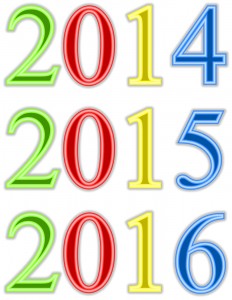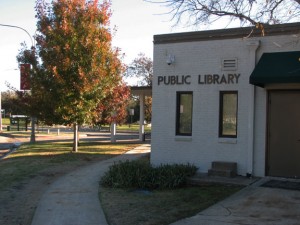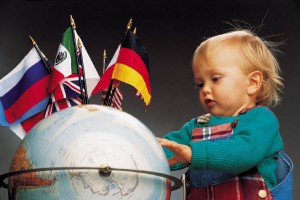 This past weekend, Tucsonans and visitors to the Old Pueblo celebrated literacy at the ninth annual Tucson Festival of Books. Over 100,000 people attended the two-day festival.
This past weekend, Tucsonans and visitors to the Old Pueblo celebrated literacy at the ninth annual Tucson Festival of Books. Over 100,000 people attended the two-day festival.
From infants to the elderly, future and avid readers from all backgrounds and with varying literary preferences enjoyed immersing themselves in the power of story and the critical importance of literacy in their lives.
This year, I had the responsibility and pleasure of booking the storytellers and facilitating their performances at the Children’s Entertainment Stage. These performances were part of the Entertainment and Family Activities offered at the Festival.
In chronological order, Elly Reidy, South Mountain Community College (SMCC) Storytelling Institute tellers, Antonio Sacre, More to the Story Entertainment, Joe Hayes, and Carla Goody shared their love of story and their talents to eager audiences of all ages.
Elly Reidy and SMCC Storytelling Institute Tellers Mario Avent, Chantel Freed, Chrissy Dart, and Liz Warren shared stories from published traditional literature. Their stories spanned different cultures and their retellings reflected the personalities of the tellers. In addition to enjoying their live retellings, listeners could find their stories in the folktale section of their public and school libraries. Hurray for 398.2!
Antonio Sacre, who told stories on both days, shared personal family stories some of which have become picture books or part of a short story collection. One of the overarching themes in Antonio’s tellings is the power of family storytelling, Throughout his performance, he asked listeners to connect with their own stories/memories. Antonio shared his stories in Spanish and English and gave listeners a humorous and heartfelt window into his experiences as a boy, son/nephew/grandson, and father.
More to the Story Entertainment captured the attention and imaginations of the youngest TFOB audience attendees and their families. Through fairy costuming, song, audience participation, and magical moments they delighted their audience.
Joe Hayes once again captivated his loyal audience and made new fans, too, with his Southwest-seasoned tales and stories from beyond our region. Joe said he enjoys telling stories that blend cultures. He told a Cuban story about a family of white herons in Spanish and English and wove a chorus throughout the telling that reminded listeners of the African ancestry of a majority of Cuban people. Joe reminded us that stories connect people of various cultural backgrounds to a shared humanity.
C. A. Goody shared the story of her inspiration for her Charlie the Cat series, which now includes nine titles. Taking the point of view of Charlie, she recounted how a cat might experience various aspects of life. Written for third- and fourth-grade children, Carla’s stories invite readers to take up their pencils/pens/keyboards to craft stories of their own.
Thank you all for your part in making the Children’s Entertainment Stage an exciting part of the TFOB.
As a former school librarian, (school) librarian educator, and family literacy advocate, I am keenly interested in the literacy organizations that support Tucson’s literacy ecosystem, particularly those that impact early childhood education.
These were some of the booths I visited and the groups whose work I applaud (and support). In alphabetical order:
Expect More Arizona: “Expect More Arizona fosters a shared voice and collaborative action among partners statewide to advocate for all Arizona students to have the opportunity to succeed, from their early years and throughout life.”
First Things First: “First Things First is one of the critical partners in creating a family-centered, comprehensive, collaborative and high-quality early childhood system that supports the development, health and early education of all Arizona’s children birth through age 5.”
Literacy Connects, which includes Reach Out and Read Southern Arizona, Reading Seed, and more: “Literacy creates solutions to many of society’s most persistent problems. From reducing unemployment and poverty to increasing economic growth and opportunity, literacy is key to a better future for all of us.”
Make Way For Books: “Our mission is to give all children a chance to read and succeed.” MWFB serves more than 30,000 children and their families and 700 educators.
Worlds of Words: “Worlds of Words is committed to providing a range of resources to encourage educators at all levels to integrate global literature into the lives of children.” (More about WOW next week!)
It does take a village to support literacy and these organizations are doing vital work to elevate literacy in our community and improve the quality of life choices for our residents, particularly as they launch their literacy lives.
Thank you to the presenters, sponsors, exhibitors, volunteers, and most of all the readers who use their literacy skills every day to enjoy life, to improve their life choices, and to participate in the life of our village, our country, and our world. In doing so, you are an essential part of the literacy village we all need. Bravo to all!
Image Credit: Tucson Festival of Books logo courtesy of the Arizona Daily Star, image created in PowerPoint






